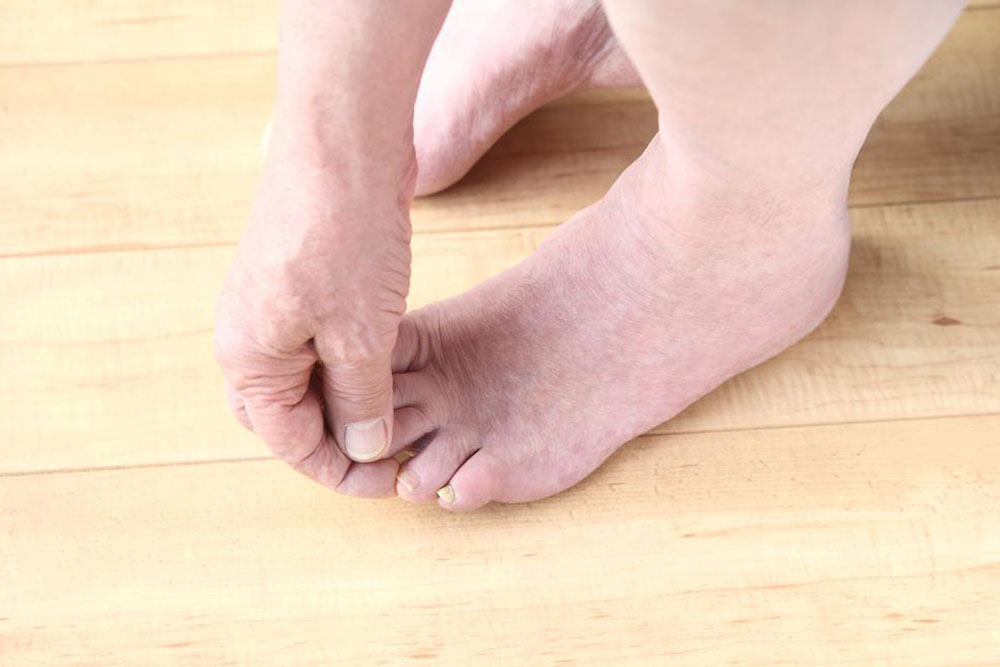Understanding Diabetic Nerve Damage: Causes, Signs, and Management
This article explores diabetic neuropathy, highlighting its causes, early signs like tingling and numbness, and effective strategies for management. Emphasizing lifestyle changes, the piece offers practical advice for preventing nerve damage associated with diabetes. Recognizing symptoms early and consulting healthcare professionals are crucial for preserving limb health and avoiding severe complications.

Understanding Diabetic Nerve Damage: Causes, Signs, and Management
Diabetes is a serious health condition that can lead to multiple complications, especially affecting the nervous system. Early symptoms often include leg discomfort and cramps. Over time, elevated blood glucose can damage nerves, resulting in diabetic neuropathy. Many individuals remain unaware of this condition until symptoms intensify, often discovering nerve issues in the limbs, particularly the legs and arms. This persistent problem arises when insulin production or utilization is impaired, causing widespread nerve impairment.
High blood sugar levels can harm cells, blood vessels, and nerves alike. Maintaining proper glucose regulation through diet, exercise, and medication is critical to prevent or slow nerve damage. Notable symptoms include muscle weakness, numbness, and skin changes, which signal nerve impairment. Recognizing early signs such as tingling, numbness, and skin discoloration is essential for timely intervention to preserve limb function.
Risk factors like excessive alcohol intake, infections including shingles or Lyme disease, autoimmune conditions, vitamin deficiencies, and repetitive movements can elevate the risk of nerve damage in diabetics. Common signs involve muscle weakness, persistent cramps, slow-healing ulcers, burning sensations, skin changes including shiny appearance and hair loss, and color shifts to bluish or reddish hues. Elevated blood sugar worsens nerve and blood vessel damage, making blood glucose control vital.
Key symptoms include tingling, numbness, and skin discoloration in the lower limbs, often signaling nerve or circulation issues. Early recognition of tingling or burning sensations can prevent progression. Numbness may lead to unnoticed injuries, increasing risks of infections. Discoloration suggests circulatory blockages, potentially escalating to serious cardiovascular events. The best approach involves lifestyle modifications: a balanced diet, regular physical activity, and consulting healthcare providers for proper management of blood sugar, blood pressure, and cholesterol levels, helping to control nerve damage and preserve limb health.










